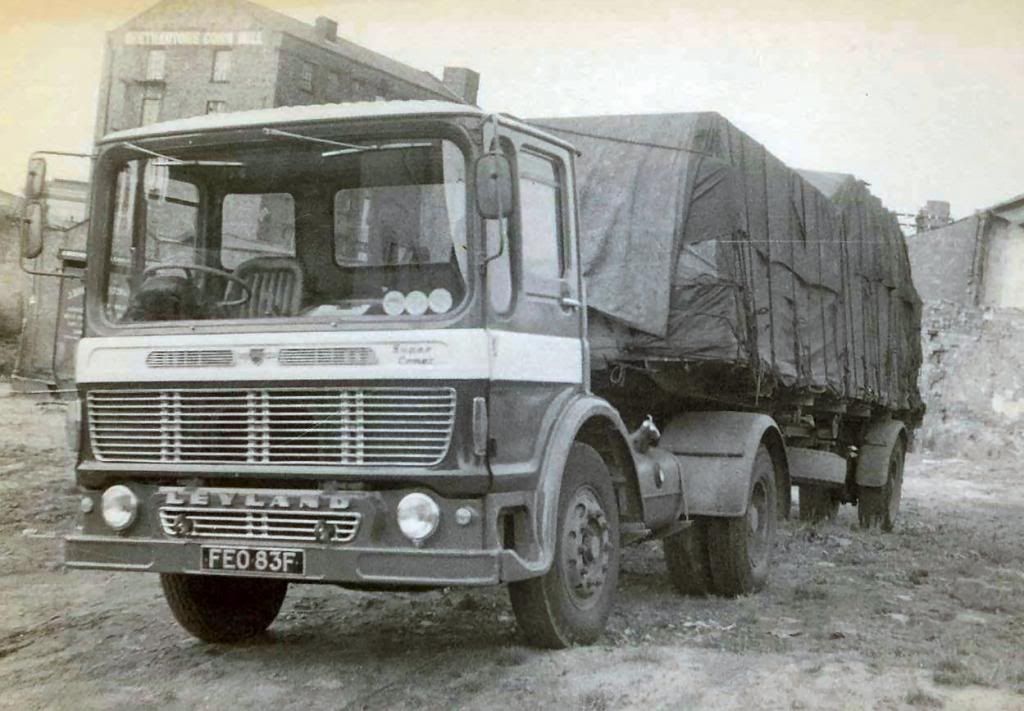Best Ergomatic Cabbed-Lorry Model? PART 2. Page 6.TRUCKNETUK.
[ZB] Anorak » Thu Apr 04, 2013 2:16 pm
Newmercman wrote:The only difference between an Ergo cab and a 60s yank tank is the height of the cab relative to the chassis, a comparable day cab yank has, as Saviem says, a pitiful BBC measurement, so much so that half of today’s drivers wouldn’t fit through the door 
As usual Carryfast, bless him, is away in his little fantasy world.
All of the above makes perfect sense to me and, no doubt, everyone else who reads it.
Those KW and Peterbilt cabs were effectively coachbuilt jobs, using aluminium instead of wood, aloominum being cheap in America. If you look at the Paccar website, they are boasting about their latest innovation- presswork. Yes, the new range of KW trucks has a pressed and welded cab, just like an LAD or an Ergo (some of it, at least. I bet there are rivets and a bit of fibreglass on it somewhere). Why did the US market prefer such a crude method of construction for so long? Even with the availability of properly-engineered cabs on Macks and others, they still held the KW and Peterbilt in higher regard.
Carryfast » Thu Apr 04, 2013 5:15 pm
We’re actually discussing the situation as it stood at the time when the ERGO was being designed and introduced to the market.In which case it was a simple choice between the ERGO or something much better based on US design.In which VALKYRIE seems to agree with my view of the situation and obviously AEC’s own engineers had they been left to get on with it.As opposed to most on here and Leyland’s management. 
VALKYRIE replies:-
I do agree with Carryfast more or less,with mixed feelings:In terms of power,weight saving,and all round general design,the American heavy motor truck manufacturers were probably the world leaders in
commercial vehicles,followed very closely by the Scandinavian and European manufactures.And,although
British commercial vehicles makers produced generally good designs,many of their lorries lacked power,some
of the cabs left something to be desired in terms of comfort and,because,of politics,poor management and
lack of investment,at least some British manufacturers - especially British Leyland - fell behind the American,Scandinavian and European commercial vehicle manufacturers.
SOMEWHAT HARSH RIDE OF SOME AMERICAN COE HEAVY MOTOR TRUCKS.
Now back to the American heavy motor trucks:Because of the set forward steering axles on the cab over engine - COE - models (and short springs on some of them),these lorries have a somewhat harsh ride.I do remember the Editor of TRUCK,and Ace lorry tester,Pat Kennett,commenting on the somewhat rough ride
of a Mack F-Series COE Tractive Unit,complete with set forward steering axle. Why did American COE lorries
have set forward steering axles? - was it something to do with government regulations? At least some American COE heavy motor trucks built for export had normal mid-positioned steering axles.
CONSTRUCTION OF THE CABS OF AMERICAN HEAVY MOTOR TRUCKS.
In regard to the construction of American heavy motor truck cabs:-
From as early as the 1930s,most American heavy motor trucks had all steel welded and pressed steel cabs,such as Autocar,Diamond T,Ford,GMC,International.Kenworth,International,Kenworth,Mack,Peterbilt and White.Freightliner and White Freightliner had aluminium cabs which had aluminium frames.
Peterbilt lorries,such as the 352 COE model, have cabs of hand welded all aluminium construction,1 1/2" inch fiberglass insulation and embossed aluminium cab lining,and I would say contemporary Kenworth motor trucks had cabs of similar construction. So these cabs were in advance of the traditional coachbuilt cabs of
British lorries,as were the cabs of Scandinavian and European lorries.
LUXURY AND OTHER FEATURES OF PETERBILT COE AND CONVENTIONAL HEAVY MOTOR TRUCKS.
And here is a quote from a 1940s-1950s Peterbilt heavy motor truck advertisement:-
“The new all steel Peterbilt safety cab is wider and deeper than previous models,allowing plenty of leg room,
and allowing sear adjustments for tall and short drivers. A selection of adjustable bucket or full cushioned
seats is available.All are upholstered with the finest coil springs,covered with foam rubber and genuine hand-buffed Spanish leather.Quickly removable seat risers and floor boards are other features of accessibility.A
heavy duty insulated rubber mat adds to cab comfort.
Many specially designed accessories,such as defroster fan,heater,visor,spot light,fog lights,I.C.C. lights,etc,all especially adapted for Peterbilt heavy motor trucks,are available at extra cost.” Unquote.
Other Peterbilt advertisements mention drivers armrests,cigar lighters and,in later adverts,air conditioning! 
 Oh,and the engine bonnets-hoods of the COE motor trucks were insulated against sound.
Oh,and the engine bonnets-hoods of the COE motor trucks were insulated against sound.
The first tilt cab Peterbilt was introduced in 1950.
AMERICAN-INSPIRED AMERICAN AEC 3VTG HEAVY LORRY PROJECT.
So,bearing all of the above in mind,coupled with the problems of the Ergomatic cab in regard to overheating
engines in AEC Ergomatics in tropical countries,it is no wonder that Dr. Albert D.Fogg,the General Manager of AEC,was the driving force of the AEC 3VTG Prototype-Experimental 3VTG6R9AE O90 Mk1 AEC 801-Series V8-engined 6x4 Tractive Unit,complete with the American-style Motor Panels-built cab. Albert Fogg knew that the Ergomatic cab was to blame for the overheating problems,and,according to him,it was also inadequate for long distance work and motorways…hence the AEC 3VTG of 1968,ala Peterbilt  :-
:-

But alas,the misguided British Leyland mismanagement very misguidedly and unwisely scrapped Albert Fogg’s
wise AEC 3VTG project! 


It is also significant that the design of the Volvo F88 and F89 lorries was based on the Volvo Titan TIPTOP 4951/4956 models,the design of which was strongly influenced by American COE heavy motor trucks!  :-
:-
Volvo Titan TIPTOP 4951 4x2 Tractive Unit,AHW 191:-
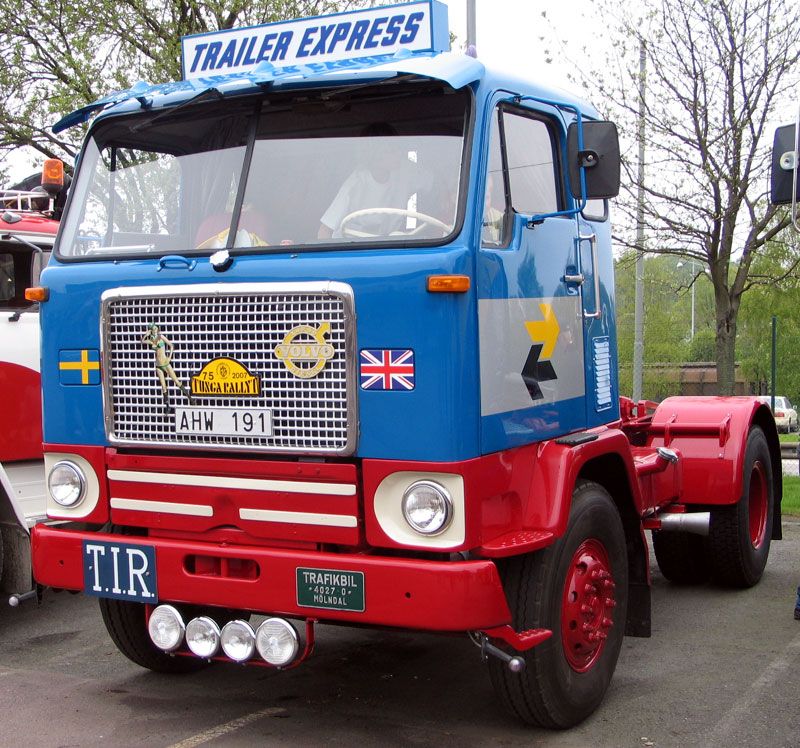
Some of the American ancestors and contemparies of the Volvo F88/F89,AEC 3VTG:-
A magnificent and impressive Peterbilt 350 Bubblenose COE 6x4 Tractive Unit:-
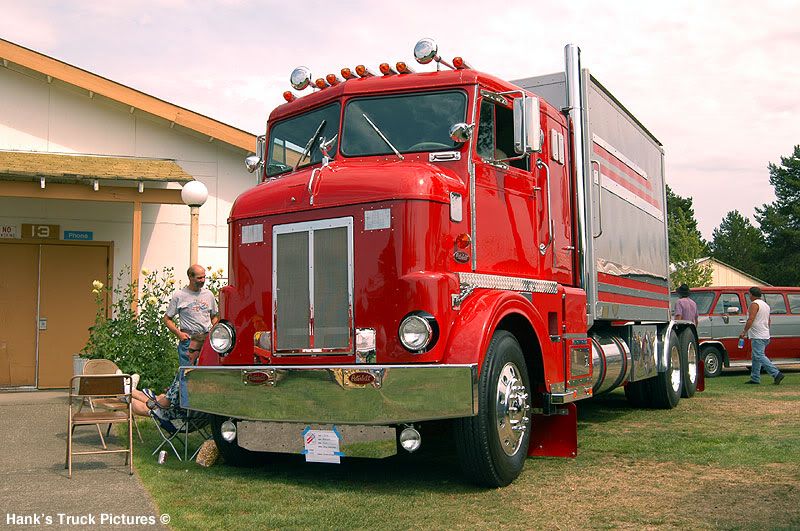
Kenworth K100 COE,Detroit Diesel 8V-92 435 BHP diesel-engined,6x4 Tractive Unit:-
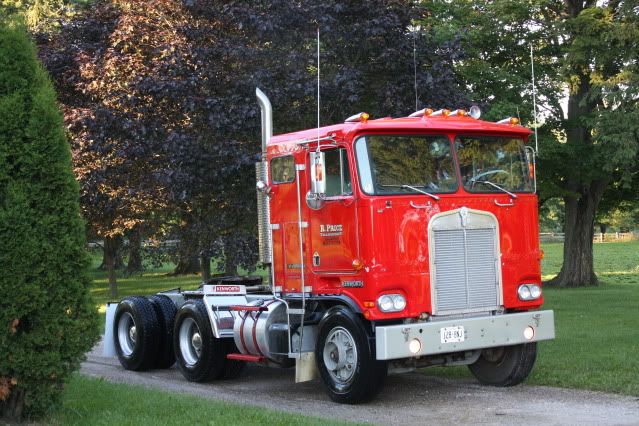
A magnificent and impressive Kenworth 523 Bullnose COE Flat-bodied 6x4 Drawbar Trailer Outfit:-
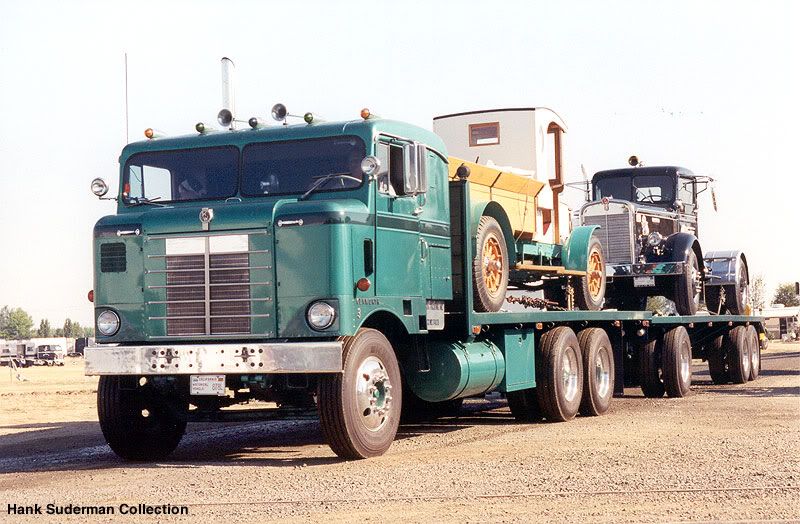
Autocar U Type 2nd Series COE 4x2 Tanker-Articulated Motor Truck,Atlantic,Autocar advertisement:-
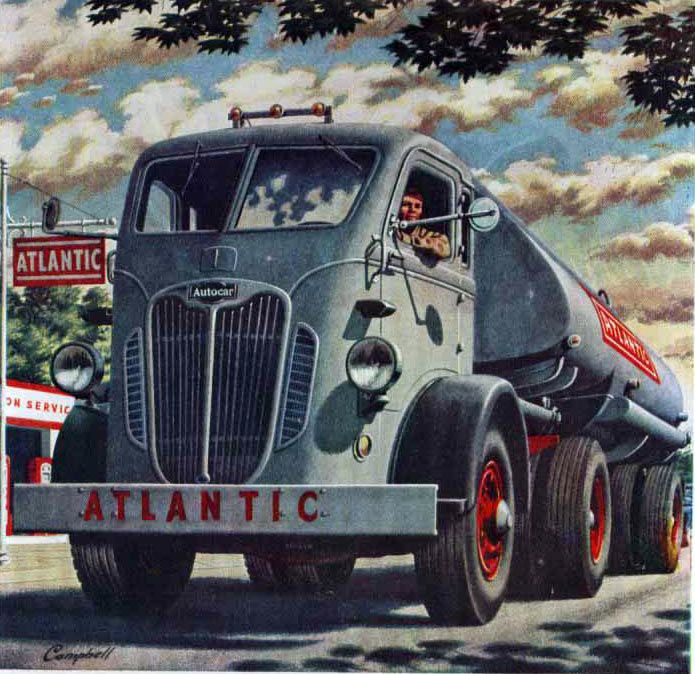
Mack W-71 COE Tipper-bodied 6x4 Lorry:-
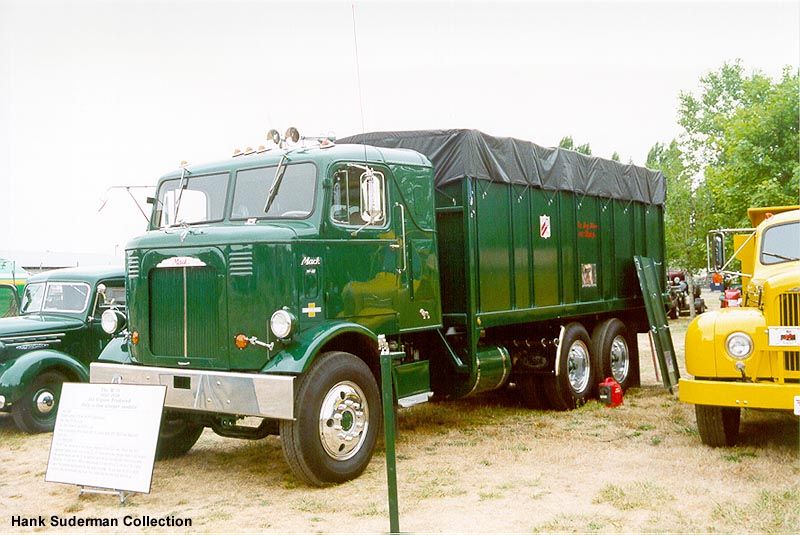
A very impressive and beautiful International RDFC-405 High Tower COE 6x4 Tractive Unit:-
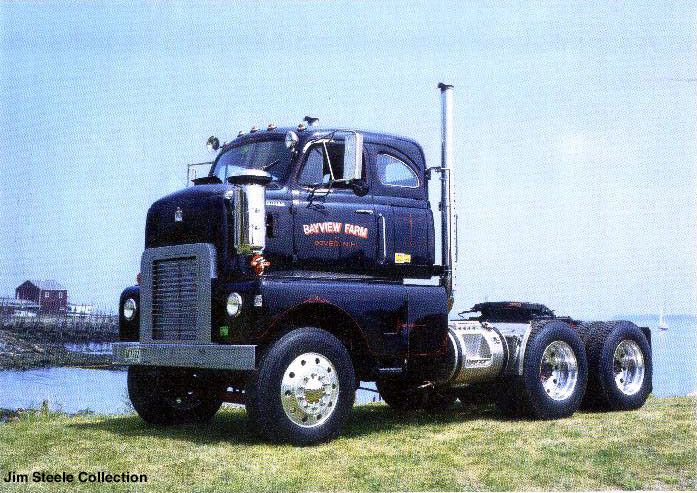
White 7400 COE 6x2 Trailing Axle Tractive Unit:-

Peterbilt 362 COE Tipper-bodied 8x4 Drawbar Trailer Outfit -a real beaut! 
 ,absolutely stunning!
,absolutely stunning! 
 :-
:-
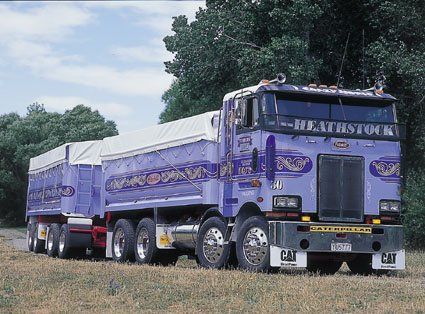
If only British Leyland mismanagement had gone ahead with the wise Dr.Albert Fogg’s AEC 3VTG Lorry project,AEC,Leyland,Scammell,etc,might have still been with us,because it was probably the best way to successfully compete against American,European and Scandinavian lorry manufacturers in British and overseas markets  Volvo also knew this - that was why they produced the American heavy motor truck-influenced Volvo F88/F89 heavy lorry range,which must have in turn influenced at least some other lorry manufacturers on this side of the Atlantic:Europe,Scandinavia and the United Kingdom
Volvo also knew this - that was why they produced the American heavy motor truck-influenced Volvo F88/F89 heavy lorry range,which must have in turn influenced at least some other lorry manufacturers on this side of the Atlantic:Europe,Scandinavia and the United Kingdom 
VALKYRIE
